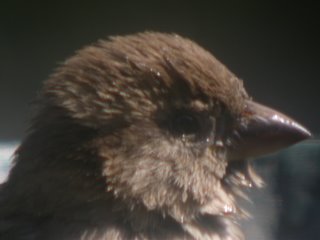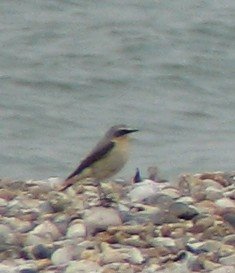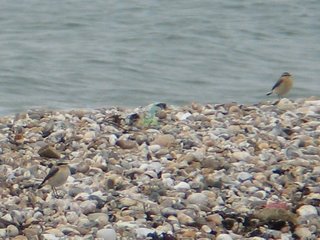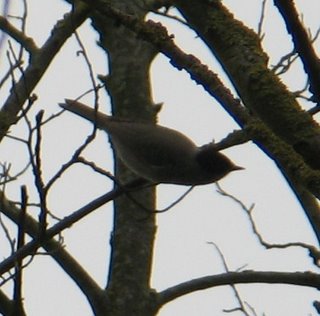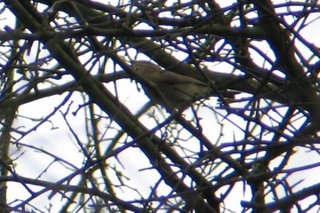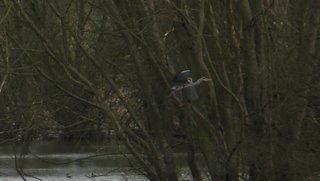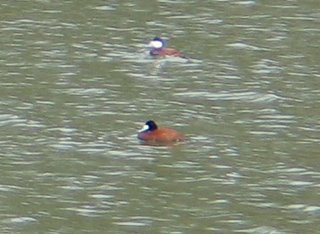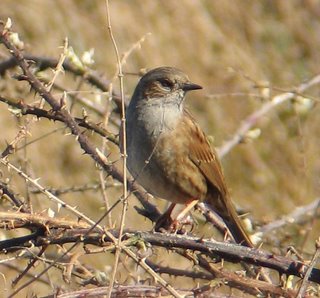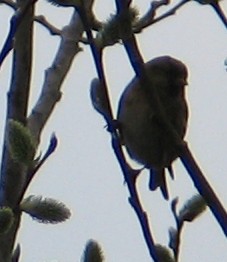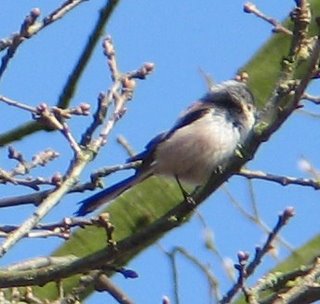Bank Holiday Monday found us at Seven Sisters Country Park, where the Cuckmere River runs into the English Channel. We got to the park promptly, which was a good decision, the good weather had drawn a lot of people down to the coast and when we left there was a long queue just to park! From the visitor centre we headed down to the coast and then back on the far side of the valley, a short walk of some 3 miles, but definitely the best birding of the weekend.
The river meanders through the valley and there is a man-made channel dug to protect the valley from substantial flooding, which in turn keeps the park open for the public and protects the breeding birds.
Heading out to the beach and still in sunshine we were over-flown by an
Oystercatcher:
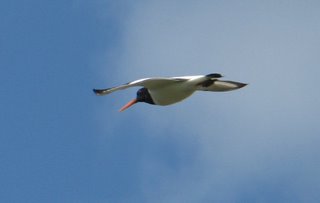
Following the walk route took us along the left hand side of the valley heading out to sea. On the steep sloping fields to our left we spotted a number of Wheatears and a significant number of Sky Larks as well as a pair of Great Tits apparently nesting in a sand bank, which I hadn't expected.
Just before we got to the beach there's a protected area with a fence in front of it. I spotted what I thought was a
Whinchat sat on the fence and immediately grabbed my fieldguide to confirm the sighting. When I looked up to confirm however, the Whinchat was no longer there, instead there was a
Stonechat:

While I was watching the Stonechat variously perch and flit back and forth, a
Meadow Pipit landed very close to me on a post and posed for a few snaps:
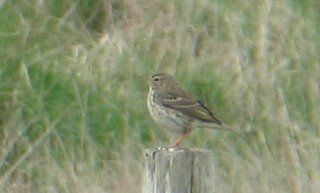
We continued to watch the Stonechat and Meadow Pipit and lo and behold the
Whinchat popped back on to the fence, although further away than the others:
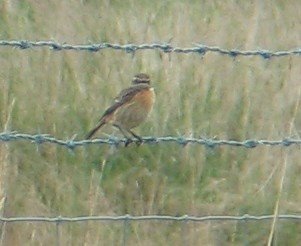
The birds continued to chop and change position for a good ten minutes before we decided to move on, but a brilliant experience! Also I was delighted as it was the first sighting in this area this year so it was recorded on to Park sightings board :)
We walked behind this protected area and watched more Stonechats and Wheatears, then headed back on the other side of the main river channel. On the water there were four
Little Egrets feeding, I took a quick snap on the way back in:
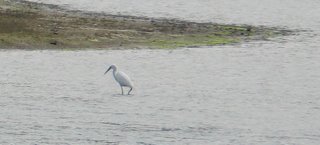
There were also a significant quantity of Skylarks and Meadow Pipits together with smaller numbers of Sand Martins about, a loud Chiffchaff and some 'too fast to identify' warblers on the site. I would recommend this site to anyone interested in birding, particularly beginners like me.
